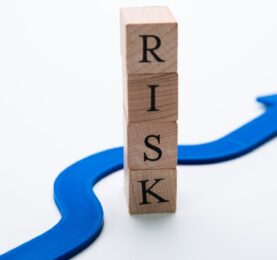EDC Economics unveils its Top 10 global risks
Scorching prices and rising interest rates are at risk of vapourizing all-important consumer spending in the United States. Caught in the crosshairs of war, Europe is fighting fires on multiple fronts, as industry struggles with hot energy prices, the prospect of gas rationing, and new supply chain disruptions, in the context of evaporating consumer confidence and a number of simmering political crises. Developing markets continue to sweat food and fuel shortages, while China manages the impact of its stifling public health restrictions.
Maybe we need to replace the popular Ella Fitzgerald summer soundtrack with Bananarama’s Cruel Summer. With that in mind, EDC Economics updated its list of the Top 10 global risks facing the global economy. In no particular order, here’s what’s keeping our dismal scientists up In the Heat of the Night.
In efforts to tame surging prices and manage inflationary expectations, central banks in the U.S., Canada and Europe are aggressively raising interest rates and running down balance sheet accumulations. Tighter financial conditions will dampen consumers’ ability to spend and, depending on the pace and magnitude of the tightening, could drive advanced economies into recession.
What’s more, as interest rates jump well-above neutral levels, a significant repricing of risk will ensue. Depending on the terminal rates at which central banks ultimately land, such repricing could have disruptive impacts on financial markets, hitting equity, credit and even housing markets, taking the shine off certain commodities and impacting currency stability.
A repricing of risk could also expose overleveraged corporates who’ve spent the last number of years loading up on unproductive debt, incentivized by generous government programs and record low borrowing costs. With non-financial corporate debt reaching an estimated 98% of global gross domestic product (GDP) by the end of 2021, a wave of corporate defaults remains a key vulnerability for the global economy. Government debt also ballooned over the pandemic, with close to 50 countries now either in debt distress or at a high risk of it.
While the risk of a systemic sovereign debt crisis remains low, higher interest rates in advanced economies could reverse capital flows into developing markets. The strong U.S. dollar further adds to pressures facing those countries with high levels of dollar-denominated debt.
Read the rest of the article here: https://www.edc.ca/en/weekly-commentary/edc-top-10-risks-commentary.html











